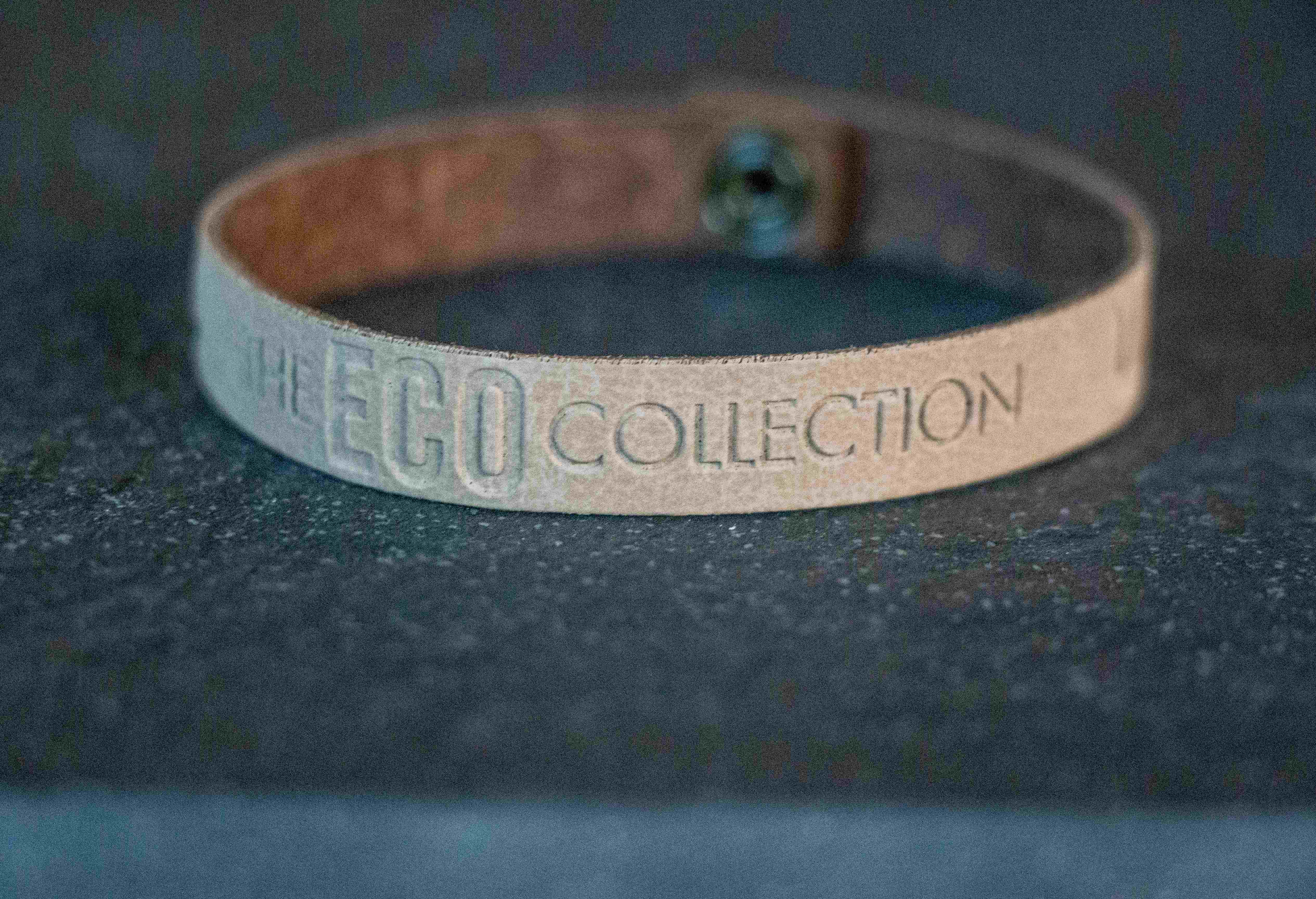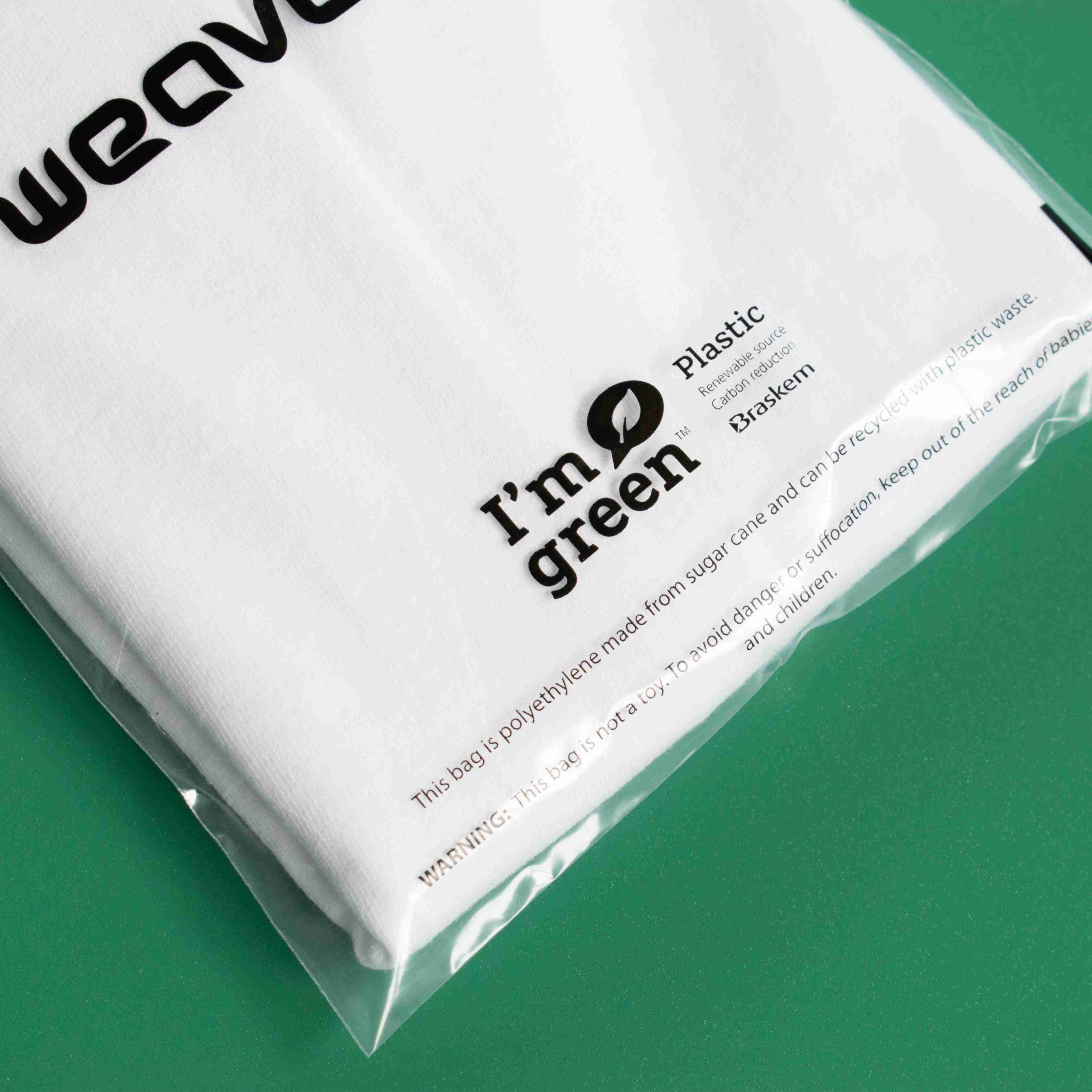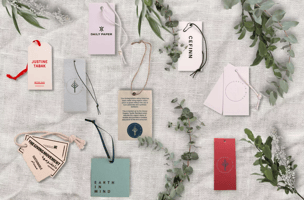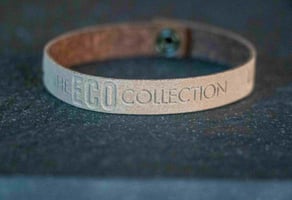Biodegradable Product Packaging vs Degradable vs Compostable: What are the Differences?
Packaging may say that it's biodegradable, degradable or compostable - but do you know the difference? Here's a quick rundown about product packaging.No

Whether it’s Patagonia’s pledge to support grassroots environmental groups or Puma’s switch to naturally decomposing cornstarch bags - brands of all sizes are making significant green changes to meet changing consumer opinions.
One of the biggest changes brands are making is the materials used in their packaging. You might see terms like ‘biodegradable’ and ‘compostable’ on items - but do you know the difference between them?
Biodegradable Packaging
Something is classed as biodegradable when it can be broken down by bacteria and other living things. Biodegradable packaging is made from plant-based materials, such as wheat or corn starch - something that Puma is already doing.
For the packaging to biodegrade, temperatures need to reach 50 degrees Celsius and be exposed to UV light. These conditions aren’t always easily found in places other than landfills. But, packaging that biodegrades in landfills does so without oxygen which creates harmful methane.
Degradable Packaging
It may sound similar to biodegradable packaging, but anything made with materials that are classed as degradable break down in a very different way.
Degradable packaging isn’t broken down by living organisms like the biodegradable process. Instead, the chemicals used cause the material to disintegrate smaller and smaller until all that’s left are tiny microplastics.
These microplastics are extremely harmful to marine life and the oceans. They enter the food chain at a low level when they’re eaten by smaller species. As these species are consumed by bigger animals, the plastics make their way up the food chain, harming countless animals along the way.
Recently, Adidas has collaborated with Parley to create trainers from these ocean plastics. This partnership has been fantastic for environmental awareness, raising the issue of plastic pollution and bringing an important conversation to a wider audience.
Compostable Packaging
Like degradable, compostable can be quite a misleading term for consumers. When we think of something being compostable, we assume that the packaging can be added to the rest of the food waste that will naturally break down.
This actually isn’t the case. Take compostable shopping bags, for example. They need to be composted in specialist factories where the material is reverted to its organic components. Although they’re made from plant-based materials, they need to be composted at these facilities otherwise they won’t break down completely.
Is Your Packaging Green Enough?
Biodegradable, degradable and compostable all seem like they’re eco-friendly alternatives to the traditional packaging used by major brands. But as we’ve seen above, they all mean completely different things and have varying impacts on the environment. And don’t forget that some "eco" alternatives may not be as good for the environment as we initially thought.
A recent study found that 68% of people in Europe expect companies to care about the environment and make changes to reduce their impact. That number increases in other parts of the world.
It’s clear that today’s consumer is far more aware of the impact that they’re having on the environment and the negative consequences that apathy can lead to. The focus has previously been on single-use plastics, like straws, but attention is now turning to other industries.
Fashion brands that aren’t focused on making the switch to eco-friendly packaging will soon find they’re being left behind.
Levi’s are a good example of a brand that’s making fast and effective changes to ensure they’re ahead of the curve.
Already an iconic brand, Levi’s announced that they would be making changes to the way they manufacture their famous jeans. It would eliminate many harmful chemicals from the process and reduce overall textile waste.
Similarly, retailer Marks & Spencer’s have taken steps to recycle over 30 million garments over the last 10 years. Although these changes are fantastic for the environment, they’re difficult for consumers to see.
This is why it’s so important to think about packaging materials. Unlike the manufacturing process or supply chain, the packaging is something that consumers interact with first-hand. Make progressive changes to existing packaging and you’ll be making a real statement that consumers can’t help but engage with.
High-street favourite, Zara have completely reworked the packaging they use to send orders. They use 100% recycled cardboard that’s been created from boxes previously used in the store. Plus, the outer bags have been switched to plastic that’s part-recycled too.
If you use unnecessary packaging or harmful materials, then you’re more likely to turn a loyal customer towards your rivals. So, is your existing packaging green enough? Are you using materials that are biodegradable, compostable or neither? Can they be recycled?
To make sure your brand is taking the environment and sustainability seriously, it’s important to consider all areas of your business - from product creation to delivery.
Switch to Eco-Friendly Processes
Green issues are increasing in focus and consumers will continue to demand more from their favourite brands. It’s time to make sure you’re doing all you can to reduce your negative impact on the environment. Otherwise you’ll find your sales dropping.
If you’re unsure when it comes to the most eco-friendly product packaging or you’d like more information on how production processes can change to be greener, then get in touch with our team today.









